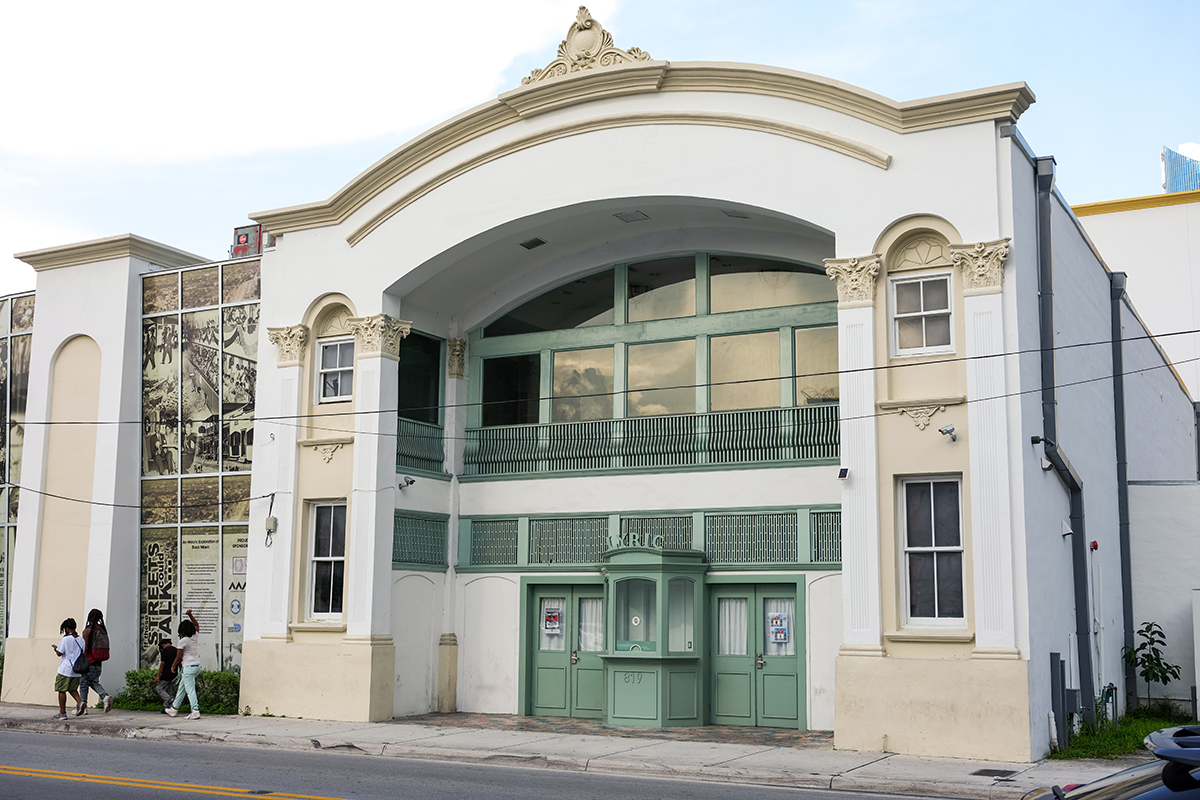Overtown
The city of Overtown is a neighborhood in central downtown Miami with a deep history of racial exploitation and cultural vitality. Originally designated “Colored Town” by white civic elites, the district was a space designed to confine various migrants of color that comprised the labor force of early Miami. African Americans from the Carolinas, Alabama, and Georgia merged with Black Bahamian, Haitian, and Jamaican populations as they were forced onto a small living quarter bereft of basic necessities. There was a clear disinvestment and exploitation of the communities that settled in Colored Town, as they lived in small shotgun-style homes often built by the residents themselves, while the precinct lacked paved roads, electricity, sewage lines, street lighting, schools, parks, and hospitals. In spite of these hardships, the community of Colored Town nevertheless thrived as it established its own business and entertainment venues while developing tight communal bonds. Eventually, Colored Town became renown in its own right as a site of cultural tourism, especially for black musicians and entertainers, even attracting prominent figures such as Nat “King” Cole.
Although the community of Colored Town, later known as Central Negro District, culturally flourished within its restricted city-imposed boundaries, it soon faced several waves of displacement including cases such as the Liberty Square housing project and various federally funded urban renewal and slum clearance programs. One of the most significant of these events was the construction of the I-95 and I-395 highways which not only decimated Overtown’s business and entertainment sectors, but also severed the ties that the community had while displacing thousands of families. These issues were further compounded by factors such as the City of Miami and Metro Dade increasingly acquiring space within the area, and the installation of Metro Rail and Metro Mover transit systems. Growing threats of gentrification continue to plague Overtown today as the site has become progressively sought-after property in light of Miami’s growing tech economy combined with its elevation and distance from the coast given threats related to climate change. Community organizations, such as Catalyst Miami, have remained crucial advocates in the continued struggles that Overtown residents continue to face.



